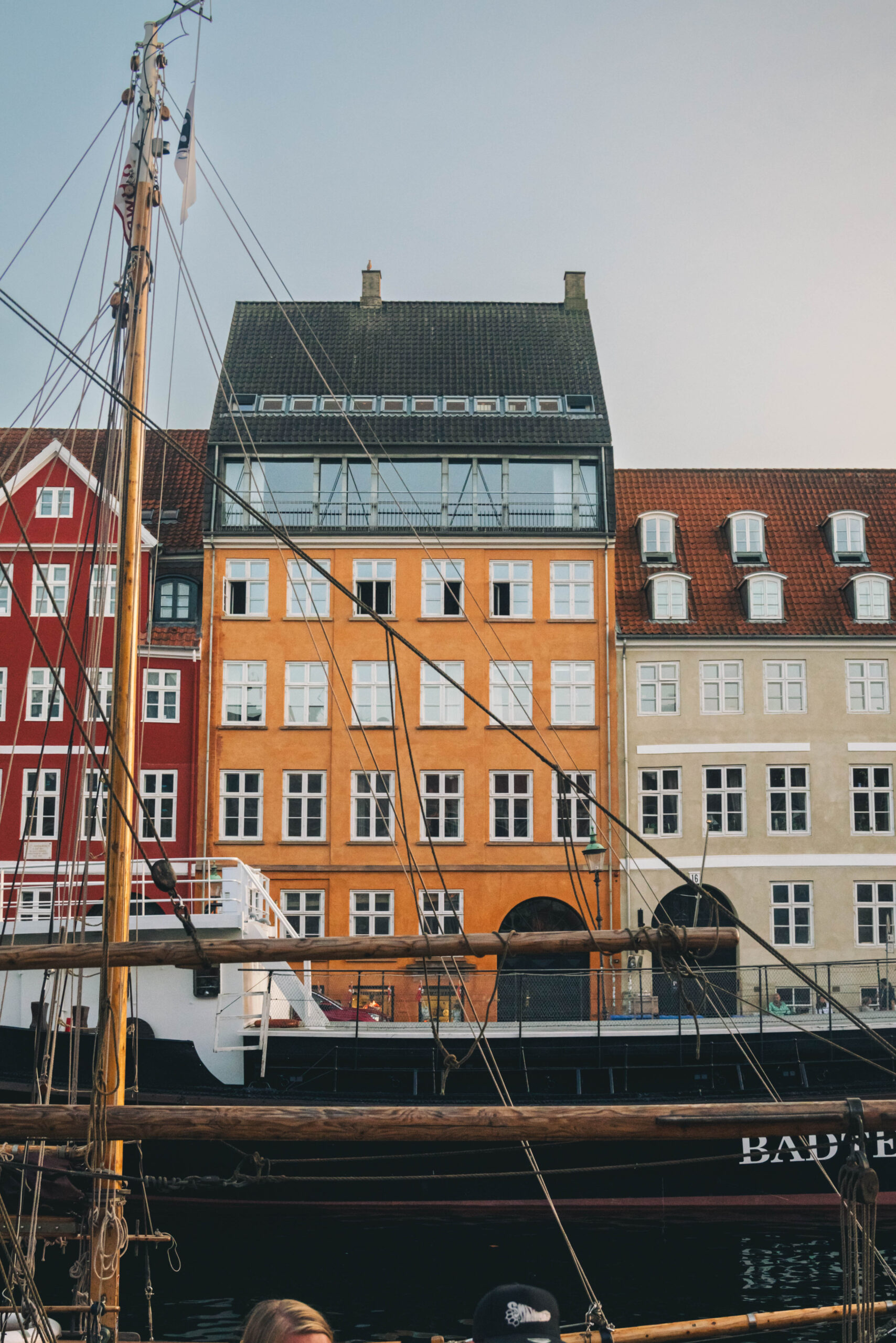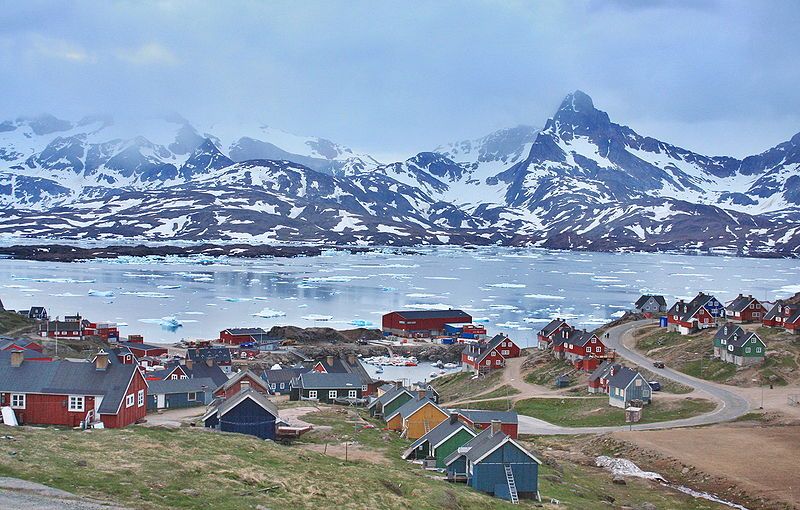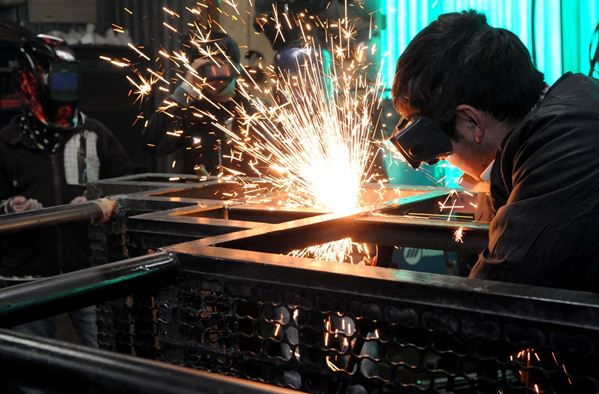By 2025 Copenhagen hopes to become one of the world’s first fully carbon neutral cities, according to the ambitious plan released yesterday by the City Council.
It is a holistic vision for the city that reduces carbon dioxide emissions by transitioning energy production away from coal and toward biomass, wind and solar energy, while also reducing energy consumption and improving energy efficiency in transport, housing, heating and industry.
The plan will cost the city about 2.7 billion kroner before 2025, though additional private investments of between 20 and 25 billion will be needed from the private sector in order for targets to be met.
The plan mirrors the climate plan set out by the Danish government this winter to vastly reduce the country’s carbon footprint and end its reliance on fossil fuels for energy production by 2035.
Like the national government, the City Council believes the investments will be an opportunity to create economic growth.
“The investments will ensure jobs now, and the new solutions will provide the foundation for a strong green sector,” Mayor Frank Jensen (Socialdemokraterne) wrote in a press release announcing the plan’s publication.
The city's deputy mayor for technical and environmental affairs, Ayfer Baykal (Socialistiske Folkeparti), added that the city would need the co-operation of both its residents and businesses for the plan’s targets to be met.
According to a questionaire by the council, 55 percent of respondents said that sorting trash was the most important act that residents could do to contribute to Copenhagen's climate goals.
And a majority of the 20 households participating in a trial with new rubbish sorting bins were positive about the system that increased the amount of plastic being recycled and in so doing reduced the carbon dioxide emissions caused by the burning of plastics in incinerators.
“We must choose our bikes instead of our cars, sort and recycle more of our waste, and invest in energy retrofitting of our houses and flats,” Baykal wrote in the press release. “The reward will appear in the form of a series of environmental benefits like clean air, less noise and greater quality of life."
The city’s latest plan, entitled KBH 2025, builds on a 2009 climate plan in which the city set out to reduce its carbon dioxide emissions to 20 percent of 2005 levels by 2015, and to become carbon neutral by 2025.
The first target was already met last year, four years ahead of schedule, despite the fact that the city’s population grew by ten percent over the same period.
The city still released about 1.9 million tonnes of carbon dioxide in 2011, a figure that would drop to 1.16 tons a year in 2025 if no new initiatives were introduced.
But the city wants to reduce the figure even further through initiatives such as burning biomass and rubbish at district heat and power stations instead of coal, installing 100 wind turbines around the city as well as solar panels on all council buildings, while also expanding the fledgling geothermal facility on Amager.
Some 75 percent of the planned reduction in emissions will be a result of this transition to low-carbon energy that is, in no small part, helped by the government’s own energy plan for the country as a whole, which will see the energy grid flooded with renewable energy over the next decades.
The council’s plan does acknowledge, however, that burning biomass for heat and electricity is far more expensive than burning coal and thus emphasises the need to reduce energy consumption in order to offset rising bills.
In all, about 1.4 billion kroner will be spent on energy renovations in the city, including the replacement of street lights with low-energy LED lighting, while the council is hoping for about 3.6 billion kroner of private investment to retrofit existing buildings and increase their energy efficiency.
The hope is that the reduction in heat and energy consumption in buildings and businesses will surpass the increase in price from more expensive per-unit renewable energy, resulting in annual savings of 4,000 kroner for an average family in 2025.
Copenhageners are famed for their bicycle culture but the city wants even more of its residents to get on their bikes, whatever the weather, with planned investments of about 600 million to improve cycling infrastructure.
The failure by the government to introduce a campaign-promised congestion charge for Copenhagen this year may have been a blow for city planners who also want to get more of the city’s commuters onto public transport.
The city still plans on moving toward a carbon neutral transport network by switching from petrol and diesel to electricity and biofuel in public transport and council vehicles.
Petrol and diesel will likely still be powering Copenhagen’s cars in 2025, however, meaning that one large source of carbon dioxide emissions will remain despite the city’s best efforts.
The city claims, however, that they will be able to offset these emissions and become carbon neutral by becoming a net exporter of renewable energy.
But according to Greenpeace Denmark's energy and climate spokesperson, Tarjei Haaland, this is a misleading statement.
"They want to offset their carbon emissions by building windmills outside of the city limits that will offset carbon based energy production elsewhere," Haaland explained. "But the fact is they can't become carbon neutral because they will still be releasing carbon because of their transport sector. So there's not much point in talking about becoming carbon neutral."
Haaland also pointed out that much of the city's carbon reduction is dependent on energy companies fulfilling their goals of moving toward burning biomass at power plants as well on the government implementing their carbon reduction policies.
Regardless, Haaland commended the city's plan and especially the way it appealed to Copenhageners to do their bit to reduce energy consumption.
"I think it's a very exciting plan that means Copenhagen has put itself right at the forefront in the campaign for renewable energy," Haaland said. "It’s important that the plan is widely supported and it sets a good example to other councils. We need Copenhageners to play their part because we need to turn reducing our energy consumption into a common project in Denmark."
FACTFILE: Copenhagen's Climate Targets for 2025
Energy Use
- 20% reduction in heating use
- 10% reduction in electricity use by households
- 20% reduction in electricity use by businesses
Energy production
- 1% of energy produced by solar panels
- District heating carbon neutral
- Electricity production from wind and biomass exceeds total energy use in the city
- More sorting of plastic waste
- Production of gas from organic waste
Mobility
- 75% percent of journeys either by bike or public transport
- 50% percent of all work journeys on bike
- 20% percent more passengers using public transport
- Carbon neutral public transport
- 20-40% of all vehicles running on alternative fuels
City Council goals
- 40% reduction in energy use by council buildings
- 100% of the city's vehicles either running on biofuel, gas or hydrogen
- 30,000m2 of solar panels on council buildings
Costs (Total of 22.1-27.1 bn kroner)
- 2.5 bn kroner by Copenhagen City Council
- 6 bn kroner private investment in new buildings
- 3.6 bn kroner private investment in energy retrofitting
- 10-15 bn in energy production












